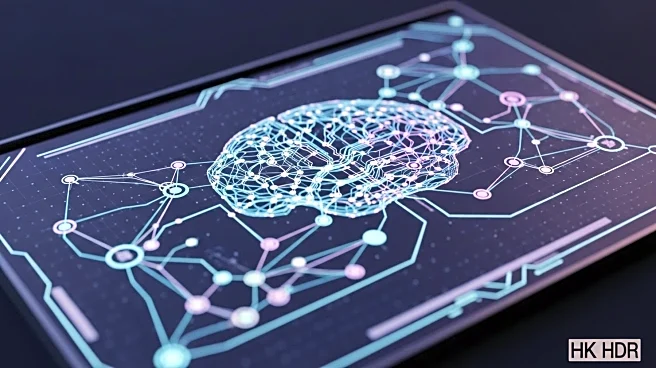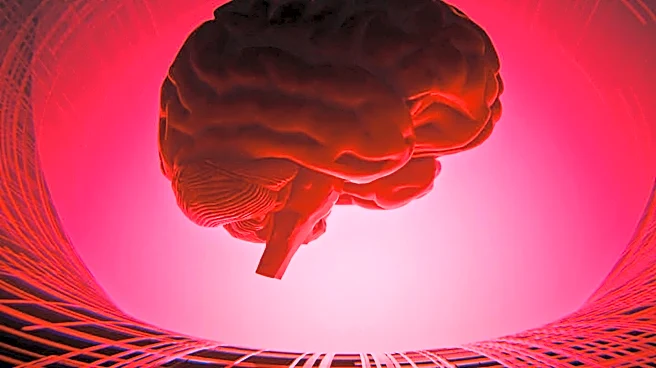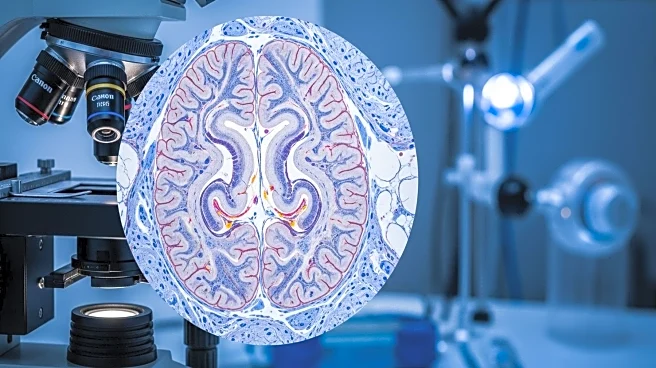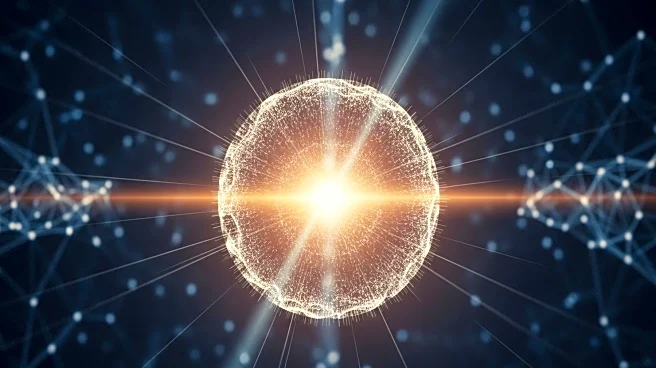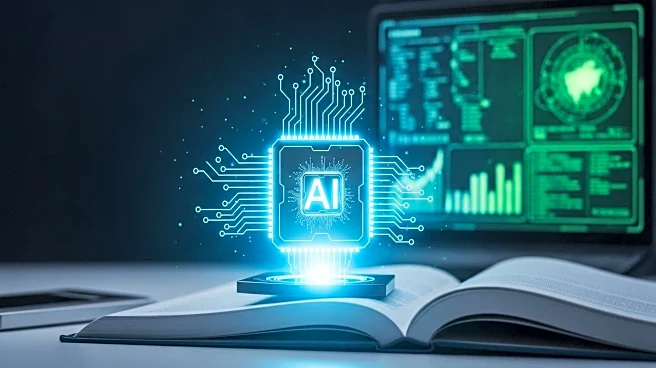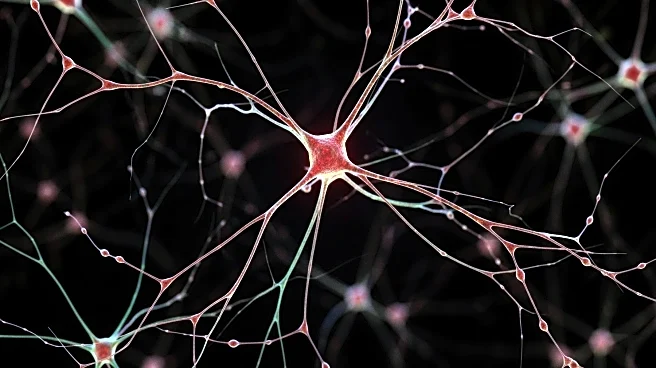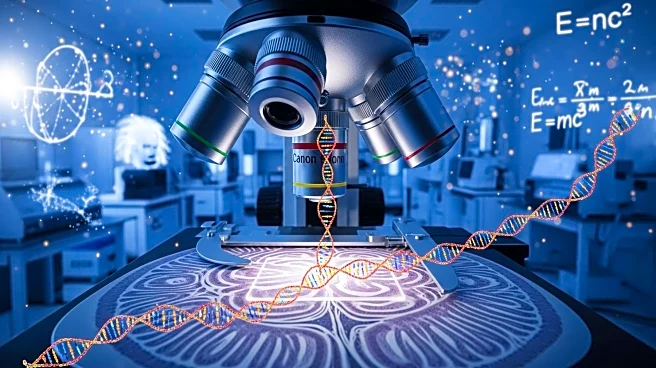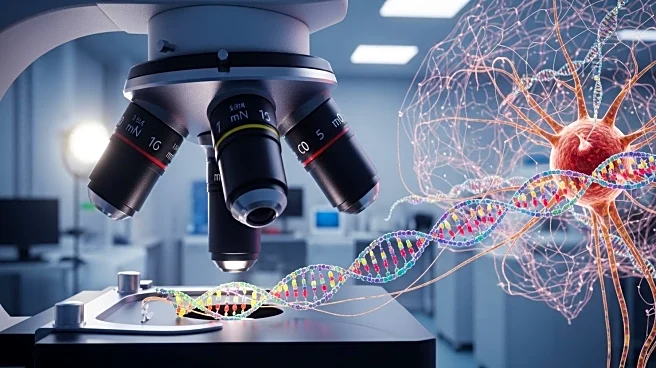What is the story about?
What's Happening?
Researchers at UCSF and the Allen Institute have developed CellTransformer, an AI model that maps 1,300 regions in the mouse brain using spatial transcriptomics data. This model, based on transformer technology similar to ChatGPT, provides detailed insights into brain structure and function. The map includes previously uncharted subregions, offering new opportunities for neuroscience exploration and understanding of brain functions.
Why It's Important?
The detailed mapping of the mouse brain using AI represents a significant advancement in neuroscience, allowing researchers to link specific functions and behaviors to precise cellular regions. This technology can lead to new hypotheses and research directions, potentially uncovering the roles of various brain areas in health and disease. The use of AI in brain mapping highlights the potential for data-driven approaches to revolutionize neuroscience research.
What's Next?
The CellTransformer model is expected to be applied to other organ systems, providing detailed maps for various biological systems. Researchers may explore the use of this technology in human brain mapping and other complex organs, paving the way for enhanced understanding of tissue organization and function. Future studies may focus on validating the model's findings and exploring its applications in disease research.
Beyond the Headlines
The use of AI in brain mapping raises ethical considerations regarding data privacy and the potential for unequal access to advanced research tools. As the technology expands, stakeholders must address these challenges to ensure equitable distribution of benefits and maintain public trust in scientific advancements.
AI Generated Content
Do you find this article useful?
